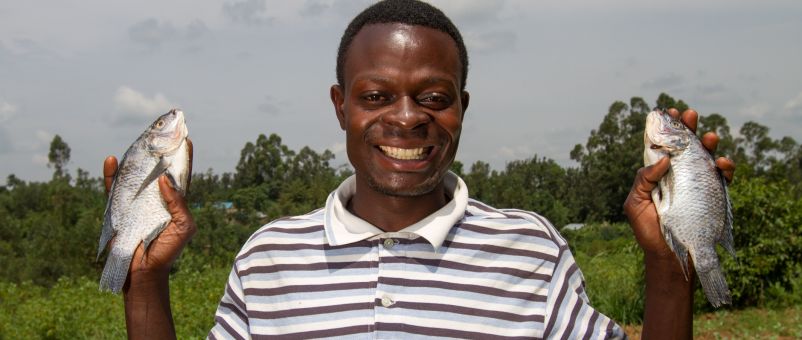As demand for fish increases, the Ministry of Agriculture and county governments are tapping into aquaculture to support women and youth agribusiness enterprises for poverty alleviation.
But a few farmers are using hook and bait in cropping and harvesting fish, a factor that is reducing quality and eventual profit.
Patrick Omoro, a small-scale fish farmer, says hooks killed much of his young fish during his first year in farming.
Hooks have baits at the end entering the pond. Fish swallow the bait and the farmer pulls it out with the attacked rod.
Mature and young fish have equal chances of being caught. Omoro retuned fingerlings back into the pond.
“I never knew why after cropping some fingerlings remained floating in the fish pond. I though an infection had struck my brood. But an extension officer later told me cropping fish with hooks is disastrous,” he says.
With his about 3cm mesh net, he now crops mature fish for his Kisii town market. Fingerlings elude unhurt through the mesh and continue growing waiting for next cropping.
The net saves time spent in harvesting and cropping. Whilst a hook and bait would catch one fish at a time, seine collects and several mature fish in one stroke.
The net is also a natural selector of size. Only mature fish will be pulled out of the pond. This leaves the farmer with classification based on size and probable cost for each set.
Cropping is picking of mature fish ready for selling while harvesting is removal of all livestock from the pond for cleaning, relocation or any other reason other than selling.
Seine and scoop nets are used in harvesting. A Scoop net removes fingerlings before pond draining. Harvesting is more of a management practice.

















Comments powered by CComment